Tip for Commercial Real Estate Tenants: Negotiate for a Right to Make “Cosmetic Alterations”
When negotiating a commercial lease, one of the points that a tenant should ask for in nearly any lease is the right to make “cosmetic alterations” to the premises. Understanding and negotiating this right can meaningfully impact your business operations and overall satisfaction with the leased space.
Why Landlords Control Modifications
Typically, any modification to a commercial property requires landlord approval. This oversight makes sense because the landlord owns the property and has a vested interest in maintaining its condition and value. Landlords want to ensure that any alterations do not negatively impact the building’s structural integrity or its attractiveness to future tenants. This is particularly critical for significant alterations that might affect the building’s mechanical systems or exterior appearance.
The Case for Tenant Autonomy in Cosmetic Alterations
However, as a tenant, you may need the flexibility to make certain modest, interior modifications without jumping through the hoops of obtaining landlord approval. These “cosmetic alterations” can enhance your ability to personalize and optimize the space for your business needs. Such alterations allow a tenant to quickly and easily make changes such as rearranging an office to accommodate additional hires, changing a retail showroom to highlight new products, or reorganize racking in a distribution center to facilitate changing inventory needs or modifications to work flow.
Negotiating the Right to Make Cosmetic Alterations
When negotiating a cosmetic alteration provision, here are some key points to consider:
Define the Scope of Cosmetic Alterations: Specify which alterations will constitute cosmetic alterations. Typically this is done in the negative, i.e. cosmetic alterations are alterations that (i) do not impact the building structure, (ii) do not impact building systems, (iii) are not visible for the exterior of the premises, (iv) do not require a building permit, etc. If you have specific alterations in mind that you would like to be able to make without requiring landlord consent, it is helpful to specifically identify those items in the lease. Typical examples might include painting, installing carpeting, or adding non-permanent partitions.
Including a Financial Cap: In addition to describing the nature of alterations than can constitute cosmetic alterations, it is common for landlords and tenants to agree on a financial cap which alterations cannot exceed to be considered cosmetic alterations. Depending on what the parties agree on, this cap can apply to alterations made during a single calendar year, a rolling 12-month period and/or could apply in the aggregate to alterations made during the term of the lease. This cap should be appropriate relative to the size of your space, rent payable under the lease, and term of the lease. Similarly, a lower cap may be appropriate in the case of a short term lease, but it is reasonable to expect that a tenant will want to refresh the interior of the premises over the course of a long term lease.
Notification and Compliance: Even if landlord approval is not required, the landlord may still require that a tenant provide notice prior to making cosmetic alterations. In addition, notwithstanding the fact that landlord approval will not be required in connection with a tenant performing a cosmetic alteration, other lease obligations will likely still apply such as complying with insurance requirements and lease terms related to contractor selection (licensed and insured). In certain states the landlord may require the right to post notices of non-responsibility to limit is liability for mechanic’s liens that may arise as a result of the tenant’s work.
Removal Obligations: You may want to address whether or not any cosmetic alterations performed by the tenant will be required to be removed upon lease expiration. Often times, tenants seek to avoid the additional expense of removing alterations they have made at the expiration of the lease term, however, landlords may want the space to be returned to the condition it was in at the outset of the lease. One way to broach this divide is to allow the tenant to give the landlord notice of the tenant’s intent to perform the cosmetic alteration and require that the landlord respond within a reasonable time following receipt of such notice advising the tenant as to whether the cosmetic alterations being performed will be required to be removed at the end of the lease term.
Sample Lease Clauses
Depending on circumstances, including the length and complexity of the lease, the size of the premises, the amount of rent payable under the lease and the relative sophistication of the parties to the lease, a cosmetic alteration provision could be short and simple or long and complex.
An example of a simple cosmetic alterations clause is:
Notwithstanding anything in this Article to the contrary, Tenant shall have the right, without Landlord’s consent but upon five (5) business days prior notice to Landlord, to make strictly cosmetic, non-structural additions and alterations to the Premises that do not (i) involve the expenditure of more than $_______ in each instance, (ii) affect the exterior appearance of the Premises or Building, or (iii) affect the Building’s electrical, ventilation, plumbing, elevator, mechanical, air conditioning or other similar systems.
Here is a more detailed version:
Notwithstanding the foregoing, Landlord’s consent shall not be required for any Tenant Alterations which are strictly cosmetic in nature and (i) do not modify or affect the Premises’ or Building’s structure, roof systems, or the electrical, plumbing, heating, ventilation and air conditioning, mechanical, security, life safety or other systems serving the Building and/or Project, (ii) are not visible from the exterior of the Premises, (iii) do not require the issuance of a building permit, (iv) do not involve penetrations to the roof and/or roof membrane of the Building, and (v) otherwise comply with Governmental Requirements (collectively, “Cosmetic Alterations”); provided that the aggregate cost of any such Cosmetic Alterations does not exceed $__________ in any twelve (12) month period during the Term. Tenant shall give Landlord not less than fifteen (15) days prior written notice of any Cosmetic Alterations (“Cosmetic Alterations Notice”) for which Landlord’s consent is not required, which Cosmetic Alterations Notice shall be accompanied by reasonably adequate evidence that such Cosmetic Alteration meet the criteria contained in this Section, and Landlord shall be permitted to enter the Premises to post notices of non-responsibility and other like notices or to observe the work performed by or on behalf of Tenant. Cosmetic Alterations shall be deemed to constitute Tenant-Made Alterations for all purposes under this Lease (except that Landlord’s consent shall not be required so long as the foregoing provisions have been satisfied).
Conclusion
Negotiating the right to make cosmetic alterations is a practical and beneficial strategy for commercial real estate tenants. It provides a balanced approach, respecting the landlord’s need to maintain the property while granting tenants the flexibility to adapt the space to their specific needs. Ensure this right is included in your lease to enjoy a smoother and more efficient leasing experience.



